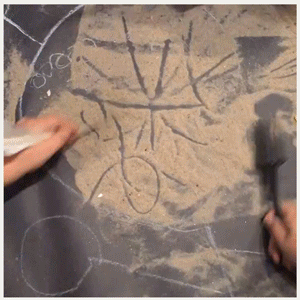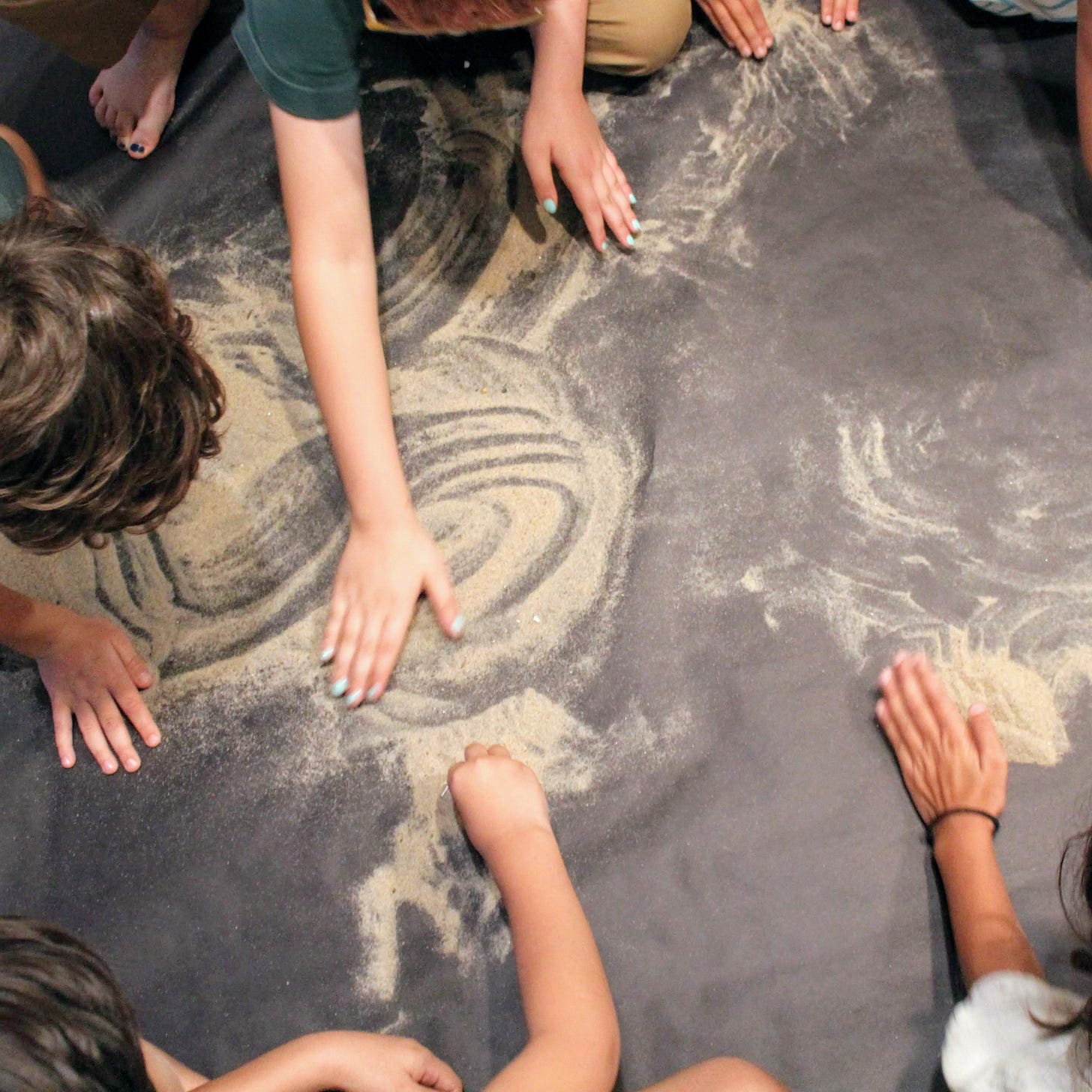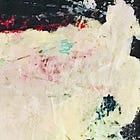Our Relationship to ‘Permanent’ and to ‘Transitory’ Hold Equal Importance.
Let's start with 'What is a boundary?"
Lately, we’ve been talking a lot about how much is changing. The word “changing” is flying around our own studio in conversation, at lunch, on walks…everywhere we go. In stopping to think about how I even wrote the word ‘lately’, I began wondering, “When did lately even begin?” Of course there are some substantial time markers of when more or bigger changes have occurred. Also there are things around us that are staying the same. How do we navigate both permanent aspects and transitory aspects in our lives (and see that both are necessary) in order to make choices, feel focused, make connections, find our place in the day, find our place in our world, and look forward to tomorrow? How, as an arts educator, can we support young artists in finding the tools to do the same?
Reflecting on this reminds me of an exercise from 2018 when we taught the broad concepts of ‘permanent’ and ‘transitory’. To get there with young artists, we as educators had to take a step back and then another and then another. To understand ‘permanent’ and ‘transitory’, we first taught young artists what a boundary is. They considered how boundaries are guidelines denoting a limit or an end. Some boundaries are physical - like a box around a soccer field. Some boundaries are intangible - like ‘Time’. Young artists examined 𝘚𝘱𝘪𝘳𝘢𝘭 𝘑𝘦𝘵𝘵𝘺 by Robert Smithson and considered how this work exists in the landscape of Utah and therefore does not relate with the boundary of time in the same way that an object does. Young artists discussed how work that exists in a context that cannot be bound by time in the same way that an object is bound by time leads us to notice
what is permanent
and
what is transitory.
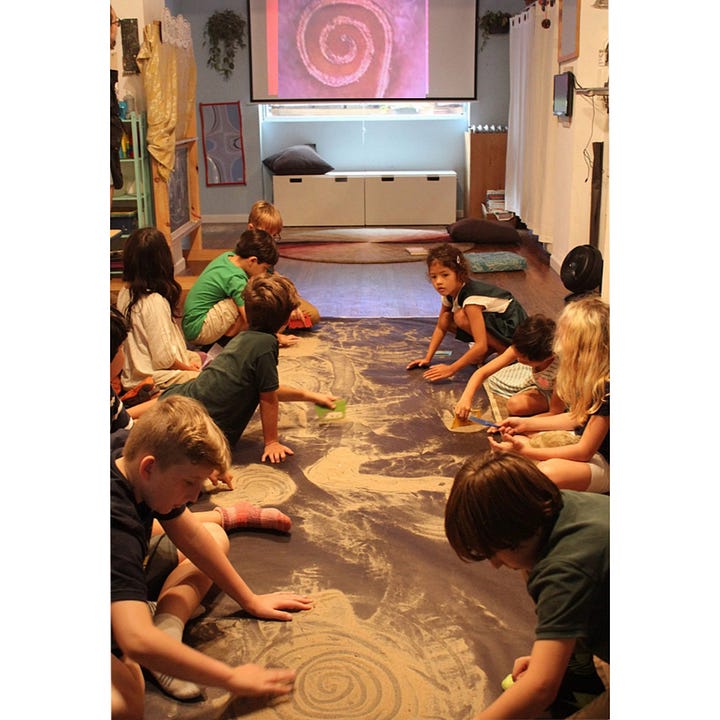
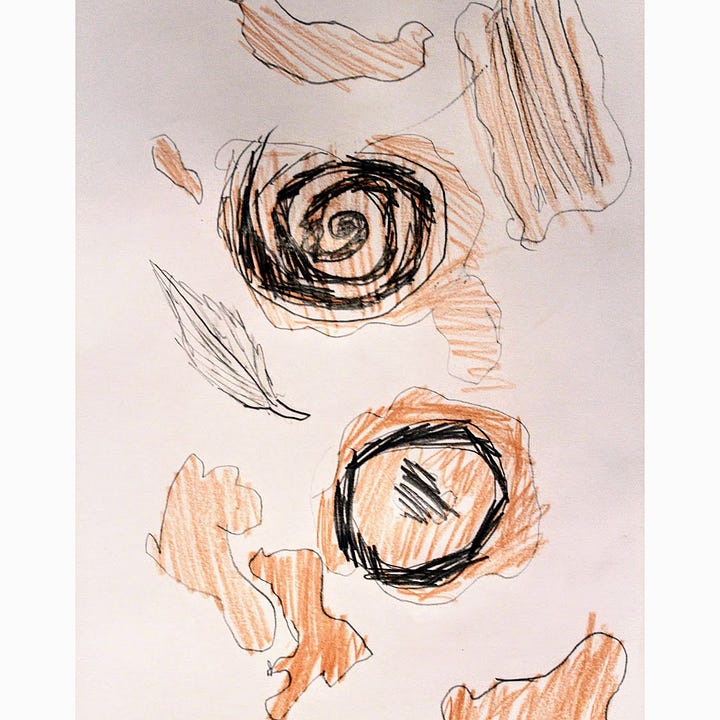
In this discussion, young artists considered the word ‘transition’ and how that means moving from one position/reality into another. They moved from observing images of 𝘚𝘱𝘪𝘳𝘢𝘭 𝘑𝘦𝘵𝘵𝘺 to working with one another on an ephemeral process.
From there, the following questions arose::
*How does ‘collective action’ affect an outcome?*
*Why is documentation important?
Vocabulary exercised (“life words”)::
~ Boundary → guidelines denoting a limit or an end.
~ Transitory → not permanent.
~ Transition → the process or a period of changing from one state or condition to another.
~ Collective → acting as a group.
~ Documentation→ material that provides evidence or that serves as a record.
Actions experienced::
~ collaborating
~ conversation
~ photographing
~ constructing
~ reflecting
Relationships observed/explored (and answers to the questions that arose)::
~ Collective actions of young artists working on this ephemeral process caused constant change due to the continuous movements of people just like how continuously fluctuating waters and winds collectively caused change to Spiral Jetty.
~ Documentation allows for the preservation of evolving transitory works.
~ Photography is a form of documentation that is one-to-one in that it objectively shows what occurred.
~ Reflection drawing and writing is a form of documentation that can be more personal in that it may or may not be interpretable by others.
V-I-B-E below::: Selfies are part of documentation too ;p
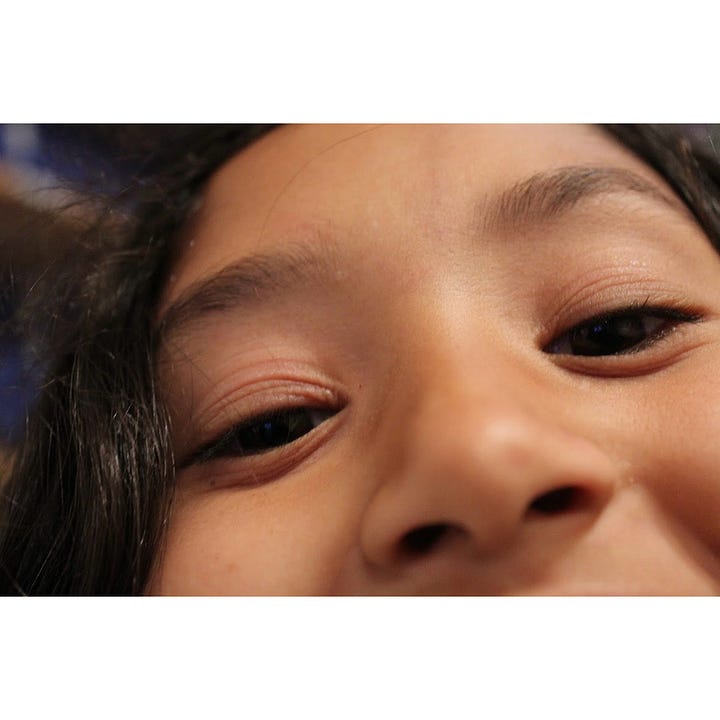
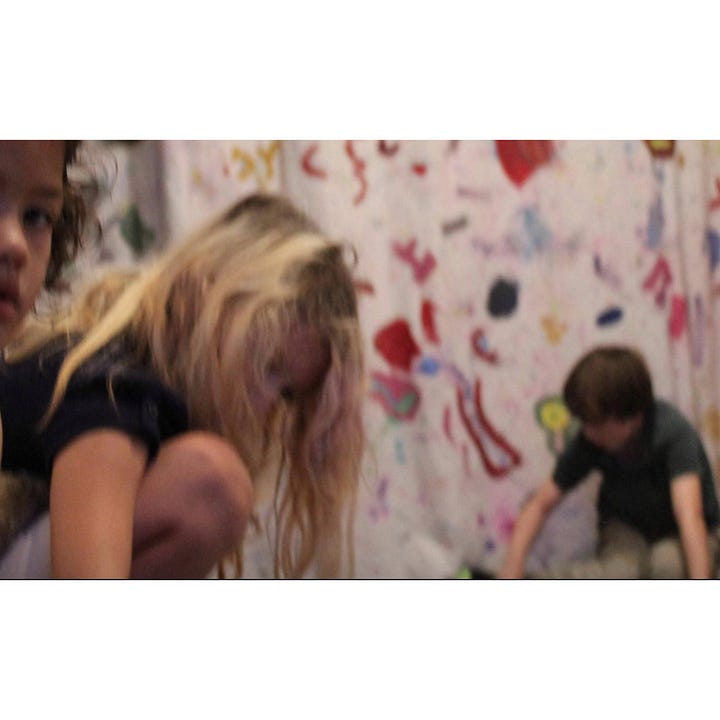
With never knowing what the future holds and what type of not-so-easy experiences will arise, we will continue to anchor ourselves by honing the essential life skills we need in order to be grounded to ourselves and to our community.
〰️〰️〰️〰️〰️〰️〰️〰️
‘Consider Community Concept’1
𝘖𝘶𝘳 𝘙𝘦𝘭𝘢𝘵𝘪𝘰𝘯𝘴𝘩𝘪𝘱 𝘵𝘰 ‘𝘗𝘦𝘳𝘮𝘢𝘯𝘦𝘯𝘵’ 𝘢𝘯𝘥 𝘵𝘰 ‘𝘛𝘳𝘢𝘯𝘴𝘪𝘵𝘰𝘳𝘺’ 𝘏𝘰𝘭𝘥 𝘌𝘲𝘶𝘢𝘭 𝘐𝘮𝘱𝘰𝘳𝘵𝘢𝘯𝘤𝘦..
When planning how to put our teaching philosophy into practice, we first develop a single-sentence Consider Community Concept (always beginning with the word ‘our’) to direct intention for teaching artists & young artists to infuse real life perspective within the art-making process. To develop a CCC, we finish this sentence: “Young artists consider community by ____.” Example: “Young artists consider community by understanding there is value in things that are here for a long time and there is also value in things that are not .” With the sentence now complete, we develop the CCC: “𝘖𝘶𝘳 𝘙𝘦𝘭𝘢𝘵𝘪𝘰𝘯𝘴𝘩𝘪𝘱 𝘵𝘰 ‘𝘗𝘦𝘳𝘮𝘢𝘯𝘦𝘯𝘵’ 𝘢𝘯𝘥 𝘵𝘰 ‘𝘛𝘳𝘢𝘯𝘴𝘪𝘵𝘰𝘳𝘺’ 𝘏𝘰𝘭𝘥 𝘌𝘲𝘶𝘢𝘭 𝘐𝘮𝘱𝘰𝘳𝘵𝘢𝘯𝘤𝘦.”





